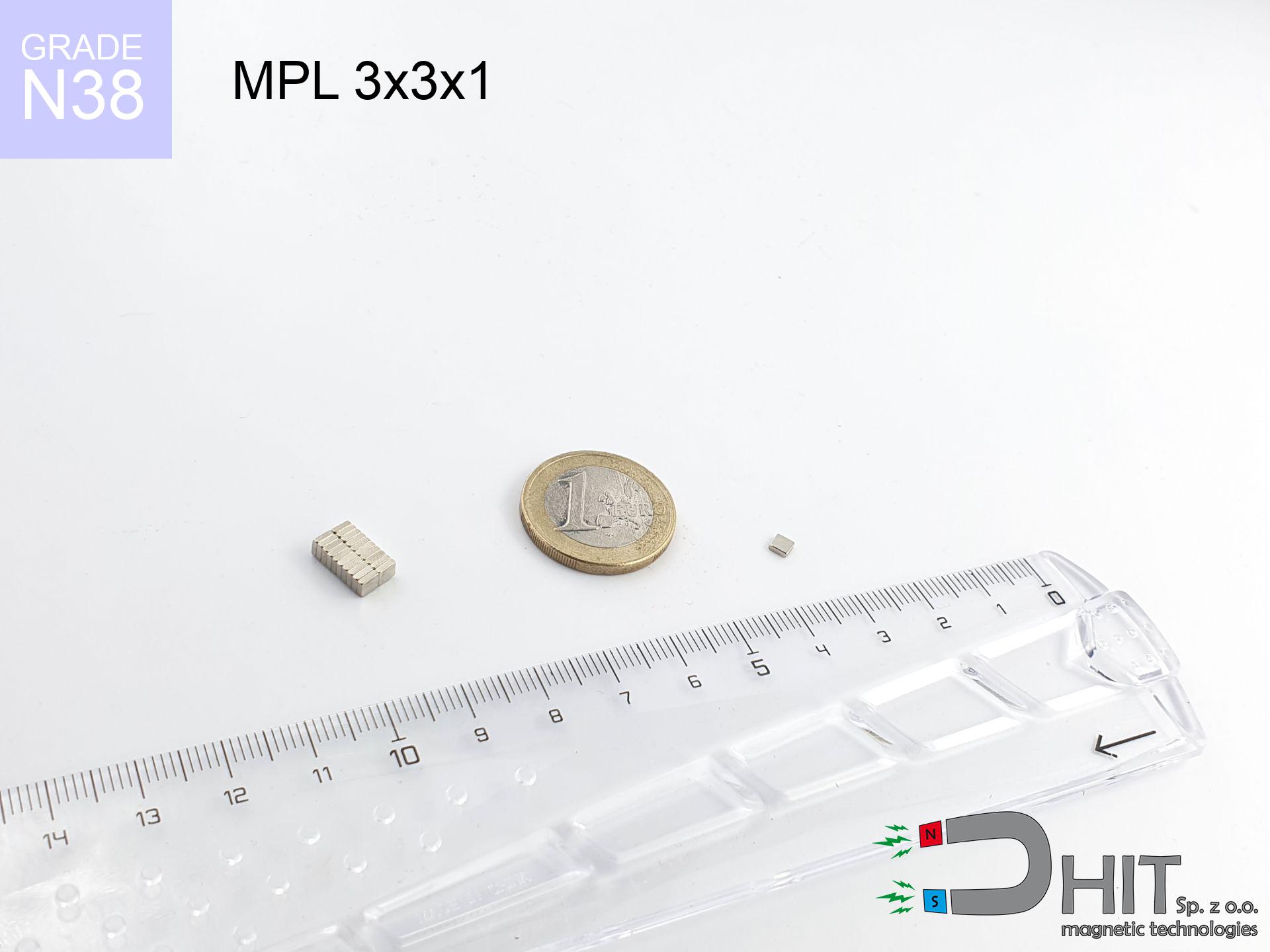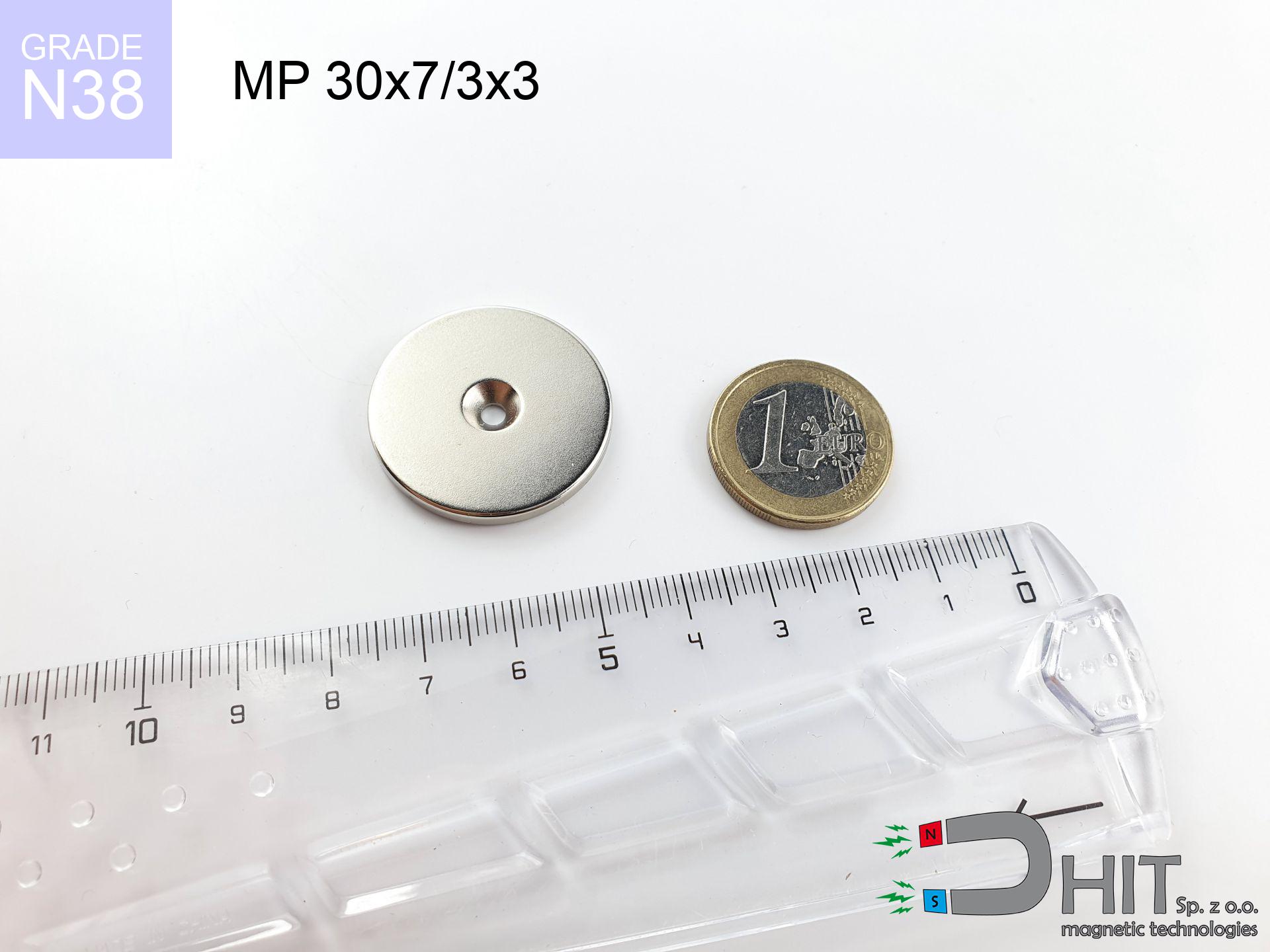NC NeoCube fi 5 mm kuleczki srebrne / N38
neocube
catalog number 120228
GTIN: 5906301812678
magnetizing direction
↑ axial
max. temperature
≤ 80
°C
catalog number 120228
GTIN: 5906301812678
magnetizing direction
↑ axial
max. temperature
≤ 80 °C
49.99 ZŁ gross price (including VAT) / pcs +
40.64 ZŁ net price + 23% VAT / pcs
bulk discounts:
need more quantity?Do you have a problem in choosing?
Call us tel: +48 22 499 98 98 or contact us via contact form on the contact page. You can check the power as well as the shape of neodymium magnets in our power calculator power calculator
Orders placed by 2:00 PM will be shipped on the same business day.
Specification: neocube NeoCube fi 5 mm kuleczki srebrne / N38 ↑ axial
Magnetic properties of the material N38
Physical properties of sintered neodymium magnets Nd2Fe14B
List recommended items
Advantages as well as disadvantages of neodymium magnets NdFeB.
In addition to immense power, neodymium magnets have the following advantages:
- They do not lose power over time. After approximately 10 years, their power decreases by only ~1% (theoretically),
- They are highly resistant to demagnetization by external magnetic field,
- In other words, thanks to the glossy nickel, gold, or silver finish, the element gains an visually attractive appearance,
- They possess very high magnetic induction on the surface of the magnet,
- Magnetic neodymium magnets are characterized by very high magnetic induction on the surface of the magnet and can operate (depending on the form) even at temperatures of 230°C or higher...
- Due to the option of accurate forming and adaptation to individual needs – neodymium magnets can be produced in various forms and dimensions, which enhances their versatility in applications.
- Significant importance in modern technologies – are utilized in HDD drives, electric drive mechanisms, medical apparatus and very advanced devices.
Disadvantages of neodymium magnets:
- They can break when subjected to a powerful impact. If the magnets are exposed to impacts, we recommend using magnets in a protective case. The steel housing in the form of a holder protects the magnet from impacts, and at the same time increases its overall strength,
- They lose strength at high temperatures. Most neodymium magnets experience permanent loss of strength when heated above 80°C (depending on the form and height). However, we also offer special magnets with high temperature resistance, up to 230°C,
- They rust in a humid environment - during outdoor use, we recommend using waterproof magnets, such as those made of rubber or plastic,
- The use of a cover - a magnetic holder is recommended due to the limited production capabilities of creating threads or complex shapes in the magnet
- Health risk associated with microscopic parts of magnets are risky, in case of ingestion, which is particularly important in the context of child safety. Additionally, miniscule components of these devices are able to complicate diagnosis when they are in the body.
Exercise Caution with Neodymium Magnets
Magnets made of neodymium are delicate and can easily break and get damaged.
In the event of a collision between two neodymium magnets, it can result in them getting chipped. Despite being made of metal as well as coated with a shiny nickel plating, they are not as hard as steel. In the case of a collision between two magnets, there can be a scattering of small sharp metal fragments in different directions. Protecting your eyes is essential.
If you have a nickel allergy, avoid contact with neodymium magnets.
Studies show a small percentage of people have allergies to certain metals, including nickel. An allergic reaction often manifests as skin redness and rash. If you have a nickel allergy, try wearing gloves or avoid direct contact with nickel-plated neodymium magnets.
Dust and powder from neodymium magnets are highly flammable.
Do not attempt to drill into neodymium magnets. Mechanical processing is also not recommended. Once crushed into fine powder or dust, this material becomes highly flammable.
Keep neodymium magnets as far away as possible from GPS and smartphones.
Neodymium magnets are a source of strong magnetic fields that cause interference with magnetometers and compasses used in navigation, as well as internal compasses of smartphones and GPS devices.
Neodymium magnets are over 10 times more powerful than ferrite magnets (the ones in speakers), and their power can shock you.
To handle magnets properly, it is best to familiarize yourself with our information beforehand. This will help you avoid significant harm to your body and the magnets themselves.
Neodymium magnets can attract to each other, pinch the skin, and cause significant swellings.
Magnets attract each other within a distance of several to about 10 cm from each other. Don't put your fingers in the path of magnet attraction, because a significant injury may occur. Magnets, depending on their size, can even cut off a finger or alternatively there can be a severe pressure or a fracture.
Neodymium magnets can demagnetize at high temperatures.
Even though magnets have been observed to maintain their efficacy up to temperatures of 80°C or 175°F, it's essential to consider that this threshold may fluctuate depending on the magnet's type, configuration, and intended usage.
Keep neodymium magnets away from people with pacemakers.
Neodymium magnets produce strong magnetic fields that can interfere with the operation of a heart pacemaker. Even if the magnetic field does not affect the device, it can damage its components or deactivate the entire device.
Neodymium magnets should not be in the vicinity youngest children.
Not all neodymium magnets are toys, so do not let children play with them. In the case of small magnets, they can be swallowed and cause choking. In such cases, the only solution is to undergo surgery to remove the magnets, and otherwise, it can even lead to death.
Keep neodymium magnets away from the wallet, computer, and TV.
Neodymium magnets generate intense magnetic fields that can destroy magnetic media such as floppy disks, video tapes, HDDs, credit cards, magnetic ID cards, cassette tapes, etc. devices. They can also damage devices like video players, televisions, CRT computer monitors. Remember not to place neodymium magnets close to these electronic devices.
So you are aware of why neodymium magnets are so dangerous, see the article titled How very dangerous are strong neodymium magnets?.





![magnetic separator 32x225 [2xM8] / N52 magnetic separator 32x225 [2xM8] / N52](https://cdn3.dhit.pl/graphics/products/sm-32x225-2xm8-zix.jpg)
![magnetic separator 25x225 [2xM8] / N42 magnetic separator 25x225 [2xM8] / N42](https://cdn3.dhit.pl/graphics/products/sm-25x225-2xm8-tix.jpg)

